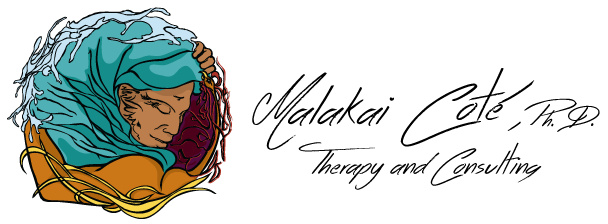This post is for people who care for others. It is for those people who who are the givers, empathizers, and supporters of individuals in their lives. These folks include people in the helping professions and also the folks without formal training in healing and helping, but those who have the knack for providing care, listening support, and nurturing the needs of the others. In the article that I discuss below, the participants are primarily professionals who work with survivors of trauma.
Providing care and support for others has its many benefits. In Cohen & Collens (2013) article, they explore what is known as vicarious post traumatic growth. This concept can be understood as the positive changes that occur when helpers engage in trauma work. The authors highlight that these changes have been identified in terms of worldview (e.g., appreciation of life and human resilience), values (e.g., importance of family and friends), self (e.g., developing greater compassion, wisdom, self-awareness, and self-worth), and day-to-day life (e.g., social activism and better parenting). Working with survivors of trauma can lead to deep and meaningful change for helpers. There can be a re-investment in life and an acknowledgment of human capabilities to sustain and survive. Additionally, when helpers see that change and growth has occurred for people, the work becomes rewarding.
On the other hand, when folks are consistently faced with taking care of people who are ill, saving people from perilous situations, and attending to the needs of people who have lived through overwhelming experiences, helpers also can be negatively impacted. This impact has been coined secondary traumatic stress (Figley, 1995). When individuals experience this type of stress, a helper may experience symptoms very similar to survivors of trauma. There can be an empathy overload that can be highly emotionally distressing. Additionally, trauma workers have also indicated that the cumulative effect of secondary trauma has the potential to create more distance in relationships, increased suspiciousness, and heightened emotional responses.
The impact of engaging in trauma work is multi-faceted and has the potential for a variety of reactions and experiences.
An important part of being a helper and supporting the wellness and healing of others is also attending to personal and professional wellness. It is crucial to address the negative emotions, somatic responses, and distress that often accompanies the work. It is also important to acknowledge that this type of work also has great potential for positive change. As Cohen & Collens (2013) suggest that vicarious post traumatic growth and secondary traumatic stress may occur together meaning that growth can occur in the context of distressing feelings.
Stay tuned for Part II of the "Caring for the Helper Series" to learn about ways to cope when working in the helping professions.
CITATIONS
Cohen, K., & Collens, P. (2013). The impact of trauma work on trauma workers: A metasynthesis on vicarious trauma and vicarious posttraumatic growth. Psychological Trauma: Theory, Research, Practice, and Policy, 5(6), 570-580. doi:http://dx.doi.org/10.1037/a0030388.
Figley, C. R., & Stamm, B. H. (Ed.) (1995). Secondary traumatic stress: Self-care issues for clinicians, researchers, and educators S. Brooklandville, MD: Sidran Press.
